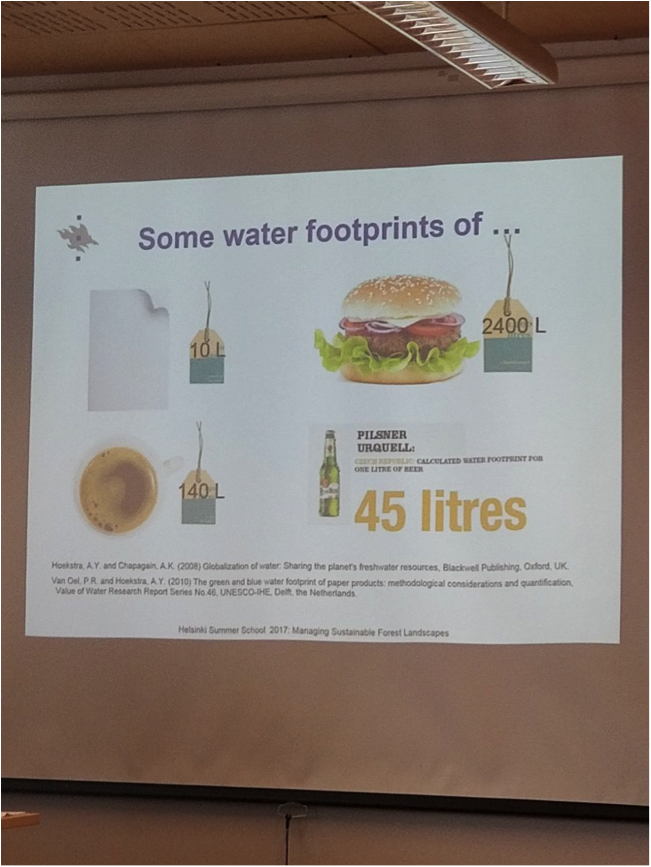How do I begin this post. I was a couple of minutes late for class this day as i missed my bus. I arrived with the class already in session, led by a cheerful Marisa Camargo addressing the drivers of deforestation to promote sustainable landscapes. After a few minutes i got really interested in the subject. The major drivers of deforestation were discussed with most students expressing their views. All agreed that agriculture, particularly slash and burn farming systems are a major threat to forest ecosystems. Plantation farming of important crops such as oil palm, cocoa, soy bean and others were discussed. Other drivers of deforestation were discussed as livestock rearing, infrastructure and rapid urbanization.
Next on the table was a series of carbon projects such as REDD, REDD+ and other projects that aim to reduce deforestation and general forest degradation by giving some payment to farmers and communities for their roles in conserving forests.The advantages and drawbacks of these forest forest carbon projects were heavily discussed. The group works were particularly a good way of understanding the roles that many multinational companies such as Barclays, Walmart and L’Oreal play in deforestation. By getting an understanding of their operational activities, one is then able to completely appreciate the relationships that exist between a company like Barclays and grassroots deforestation. The projects and actions to protect the environment that had been undertaken by these corporations were also discussed.
Inter-dependency approach.
It was pointed out that reducing deforestation would not be a success if there were not an integrated approach. This means that all players including the locals who directly use the forests, farmers, policy makers, governments and world leaders, should make a concerted effort to conserving forests and biodiversity. Of particularly interest to me was the role of local people , such as the many indigenous communities scattered around the world, in these conservation efforts
WATER,FORESTS, AND ECOSYSTEM SERVICES by Mike Starr
One concept, Ecosystem Services, which has being a major topic in the summer course was brought up again. Briefly, the class discussed the provisioning, regulating, supporting and cultural functions of ecosystems were discussed.
More light shed on the water use of eucalyptus plantations. It turns out they do take out a lot of soil water from the soil. The class also discussed the water cycle and links to agricultural productivity and climate change. Deforestation has many harmful effects on the water balance of forest ecosystems. Deforestation affects forests by altering the rates of evapotranspiration, surface runoff, availability of soil moisture for plant growth, etc.
Predicted climate change scenarios. The effects of deforestation on the weather and climate were discussed. For example, the annual precipitation in finland may not change but the amounts of precipitations during the different seasons would change, for example raining more in summer. Also an expected rise in temperatures., snow melting earlier leading to flooding in some areas Although just a precipitation based on a model, it can serve as a guide for future decisions. Other effects on soil moisture storage and biomass were discussed.
It was really surprising to know the amount of water that it took to produce the very basic of items such as food. For example, I was to shocked to find out the volume of water needed to produce a cup of coffee, factoring the water used for irrigation, processing, etc. It was a staggering 140 liters! The picture below shows how much water is used in some basic commodities.
Having carbon and water footprints on labels on food and drinks could raise people’s awareness on these issues and hence would raise their interest to help in conservation by changing eating habits to save the world.
-Samuel Amoah

